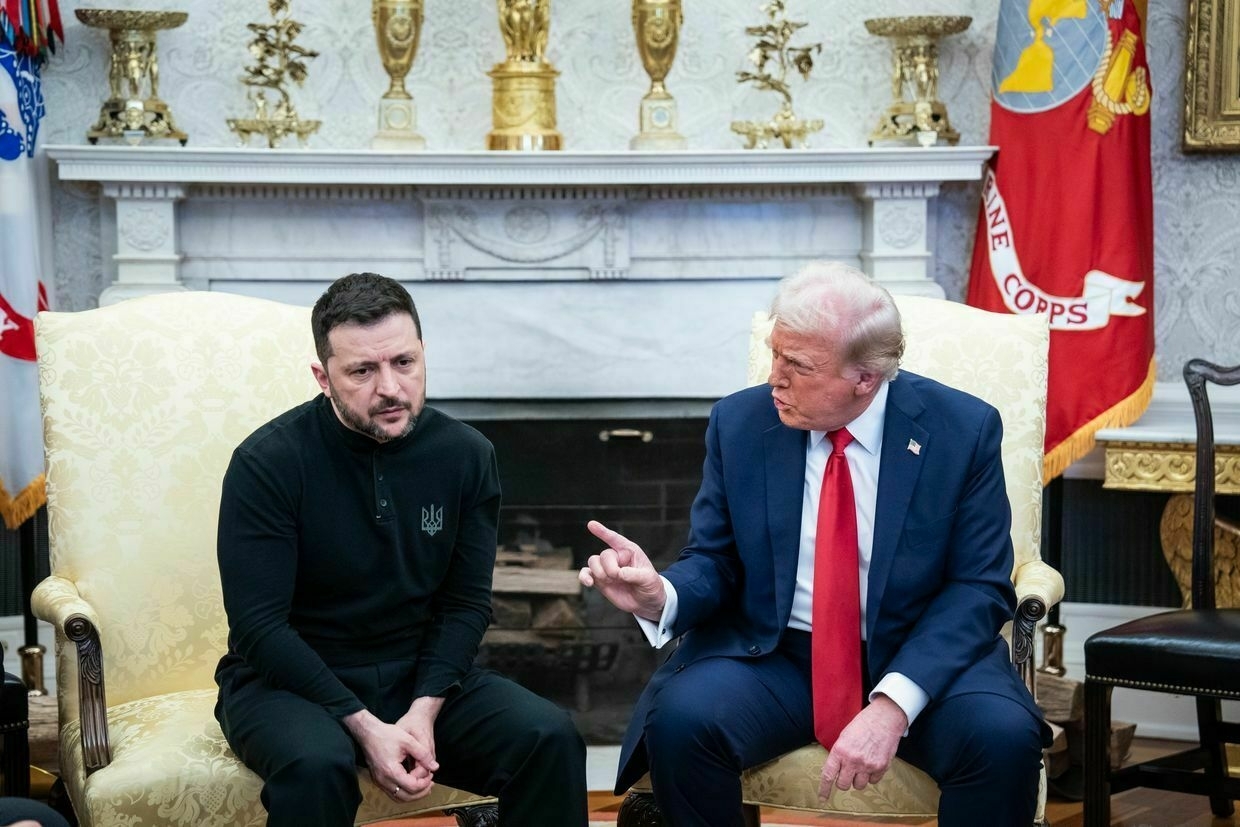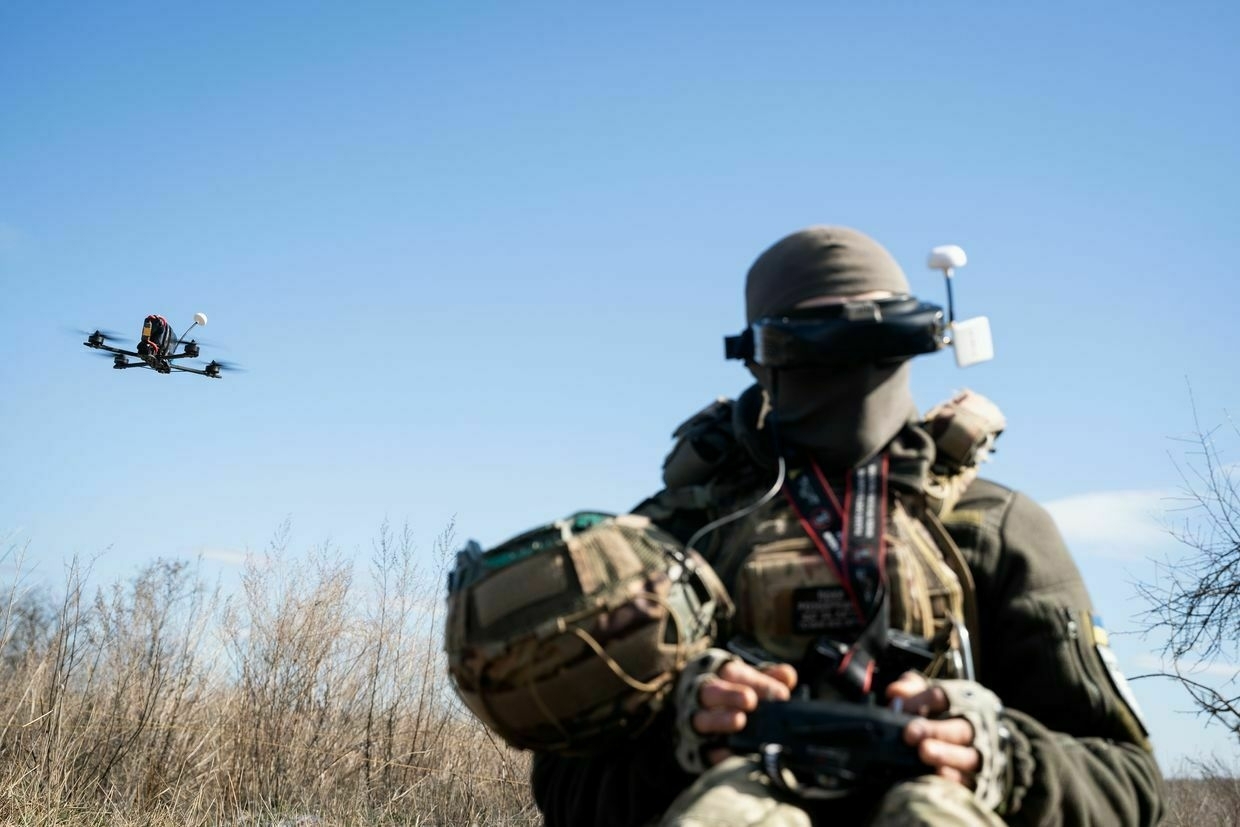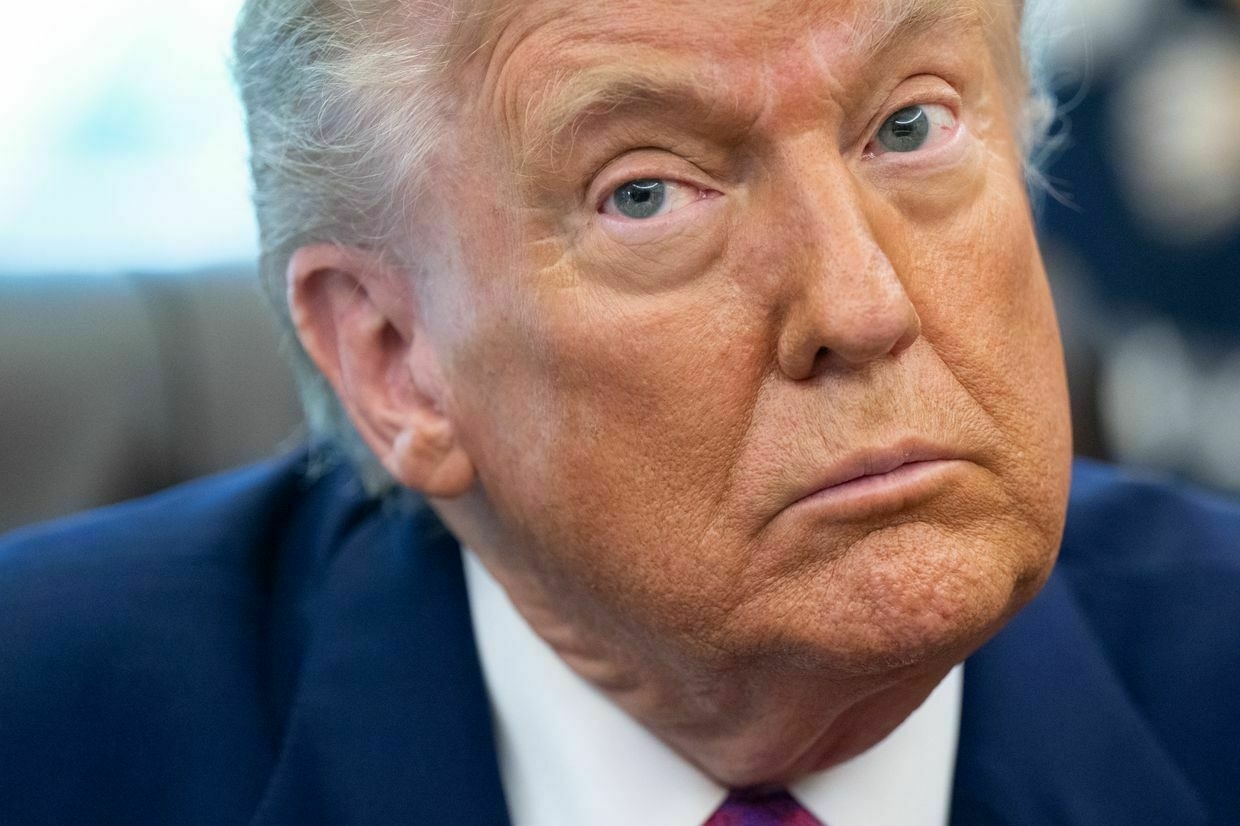
The U.S. has not announced any military aid packages for Ukraine in almost five months, pushing Kyiv to seek new alternatives. But time is running out quickly as Russian troops slowly advance on the eastern front line and gear up for a new summer offensive.
“While Ukraine’s dependence on the U.S. has lessened, U.S. aid remains pivotal for maintaining battlefield effectiveness,” Emil Kastehelmi, a Finnish military analyst and member of the Black Bird Group open-source intelligence collective, told the Kyiv Independent.
Since returning to the White House, Donald Trump has chosen an uncanny strategy to end Russia’s war against Ukraine, mostly expecting that Moscow would just stop.
In the meantime, stockpiles of American weapons, which cover nearly 30% of all Western supplies, are dwindling in Ukrainian warehouses, and the recent statement by Defense Secretary Pete Hegseth, who announced that military aid to Ukraine would be cut in 2026, brought Ukraine into even greater turmoil.
“The president and the administration are interested in ‘peace,’ which doesn’t necessarily mean justice, however,” Federico Borsari, a fellow at the Center for European Policy Analysis (CEPA), told the Kyiv Independent.
“This position obviously undermines Ukraine’s negotiating capital while emboldening the Kremlin to continue with its military aggression without real consequences, for now,” Borsari added.
How crucial is US assistance for Ukraine?
Throughout the all-out war, the U.S. has provided Ukraine with pivotal weapons and equipment, which account for 30% of all weapons used by Ukrainian forces at the front, according to President Volodymyr Zelensky.
These weapons included multiple launch rocket systems, such as HIMARS and GMLRS guided missiles, which gave Ukraine an advantage on the front line in the summer of 2022. Washington also gave Kyiv the most advanced air defense system available, the Patriot, as well as long-range ATACMS missiles, which Ukrainian forces have used to strike deep into Russia.
“Ukraine’s Armed Forces can withstand the absence of American weapons. But Ukrainian cities can’t.”
Over more than three years of the full-scale war, Washington has provided Ukraine with nearly $74 billion in military aid, according to the Ukraine Support Tracker project conducted by the Kiel Institute for the World Economy (IfW Kiel).
There is also $3.8 billion left over from the Presidential Drawdown Authority (PDA) program that remains unused.
However, considering Trump's previous moves, it is questionable whether Ukraine will receive the remaining assistance promised under the Joe Biden administration in full and on time.
In early June, Washington redirected 20,000 anti-drone missiles intended for Ukraine to the Middle East, and in March, it temporarily suspended all military shipments to Ukraine and the sharing of its intelligence after a heated argument in the Oval Office between Trump, Zelensky, and U.S. Vice President JD Vance.

Ukraine has no option but to prepare for the worst if the U.S. refuses to provide further assistance.
"If U.S. military aid stops, it would affect the Ukrainian capabilities significantly, but the impact would be gradual, not instant, as there are stockpiles and there would be attempts to solve issues by alternative ways," military analyst Kastehelmi said.
"The effect would be a constantly degrading set of capabilities, but the outcome would depend on European reaction and efforts to fix the most critical issues," he added.
 The Kyiv IndependentFrancis Farrell
The Kyiv IndependentFrancis Farrell
Searching for alternatives
Following the temporary suspension of U.S. military aid and intelligence sharing with Ukraine, Kyiv's European partners said they were ready to do more to meet its war needs.
Amid the looming Russian threat, the European Commission also presented on March 4 the ReArm Europe plan, which aims to strengthen the continent's defense capabilities. The plan is designed for 10 years and is worth 800 billion euros ($842 billion) in defense expenditures, including 150 billion euros ($158 billion) in loans to EU member states to invest in their defense sectors.
"We may soon see contracts being signed for the direct purchase of weapons, likely using the funds from frozen Russian assets or even funds from European partners."
According to European Commission President Ursula von der Leyen, the initiative will also allow EU countries to increase their support for Ukraine "significantly."
Yet, this spring, Europe was far from ready to fully replace U.S. aid, according to a study by the Kiel Institute.
The Kiel Institute estimated that to reach the target level of support for Ukraine, Germany needed to increase its annual spending from $ 6.7 billion to $ 10.2 billion, France from $ 1.7 billion to $ 6.7 billion, Italy from $ 905 million to $ 5.1 billion, Spain from $565 million to $ 3.4 billion per year, and the U.K. from $ 5.6 billion to $ 7.3 billion.
"Our data show that Europe would be able to compensate for much of the U.S. aid — but only if policymakers act decisively. So far, Europe has been moving too slowly in this area," said Christoph Trebesch, research director at the Kiel Institute for the World Economy.
Ukraine is also trying to organize direct purchases of U.S. weapons. In April, Zelensky said that Kyiv was ready to spend $50 billion on the arms purchase, but as of early June, no contract had been publicly announced.
"We may soon see contracts being signed for the direct purchase of weapons, likely using the funds from frozen Russian assets or even funds from European partners. This more transactional and business-oriented approach is very aligned with Trump's vision, so it could emerge soon," military expert Borsari said

"But this aspect ultimately depends on a political decision from the new administration, which has been notoriously slow in unlocking new support for Ukraine," he added.
Dependence on American and European partners is also gradually being overcome by increasing domestic military production and foreign partners' investments in the Ukrainian defense industry.
In February, Zelensky said that in 2025, Ukraine plans to increase the amount of its own weapons supplied to the army from 40% to 50%. In March, Prime Minister Denys Shmyhal also announced that Ukraine would be able to provide itself with 100% of its own artillery this year.
Ukraine has also significantly improved its drone production, as demonstrated by Operation Spiderweb, which used FPV (first-person-view) drones hidden in trucks in Russia to destroy 41 Russian military aircraft.
Mykhailo Samus, military expert and director of the New Geopolitics Research Network, told the Kyiv Independent that Ukrainian specialists have also learned how to repair American weapons without involving foreign specialists, which allows them to return to service faster without involving third parties' assistance.
According to the expert, the termination of U.S. military aid will not significantly affect the events at the front line. Yet, there is still one type of weapon that Ukraine cannot replace either on its own or with the help of its European allies.
"The only thing that makes us critically dependent on the U.S. is the Patriot air defense system," Samus said.

"Ukraine's Armed Forces can withstand the absence of American weapons. But Ukrainian cities can't, as Europe is just launching a mass production of SAMP/T systems similar in characteristics to the Patriot."
The parliament's Defense Committee Secretary Roman Kostenko added that the U.S. has been deeply involved in cooperation with Ukraine's special agencies and the Armed Forces over the years, and "a lot depends on them."
Kostenko said that without the help from allies, Ukrainian troops would not be able to monitor the deployment and launch of ballistic missiles, which would significantly reduce the amount of time Kyiv would have to respond to potential attacks.
The termination of U.S. intelligence could also affect long-range strikes deep into Russia, as Ukrainian forces use U.S. satellite data to identify the location of Russian military equipment and troops. However, European partners can still provide help.
"American intelligence can be replaced," Samus said. "But it will require money, time, and political will."
 The Kyiv IndependentYuliia Taradiuk
The Kyiv IndependentYuliia Taradiuk
